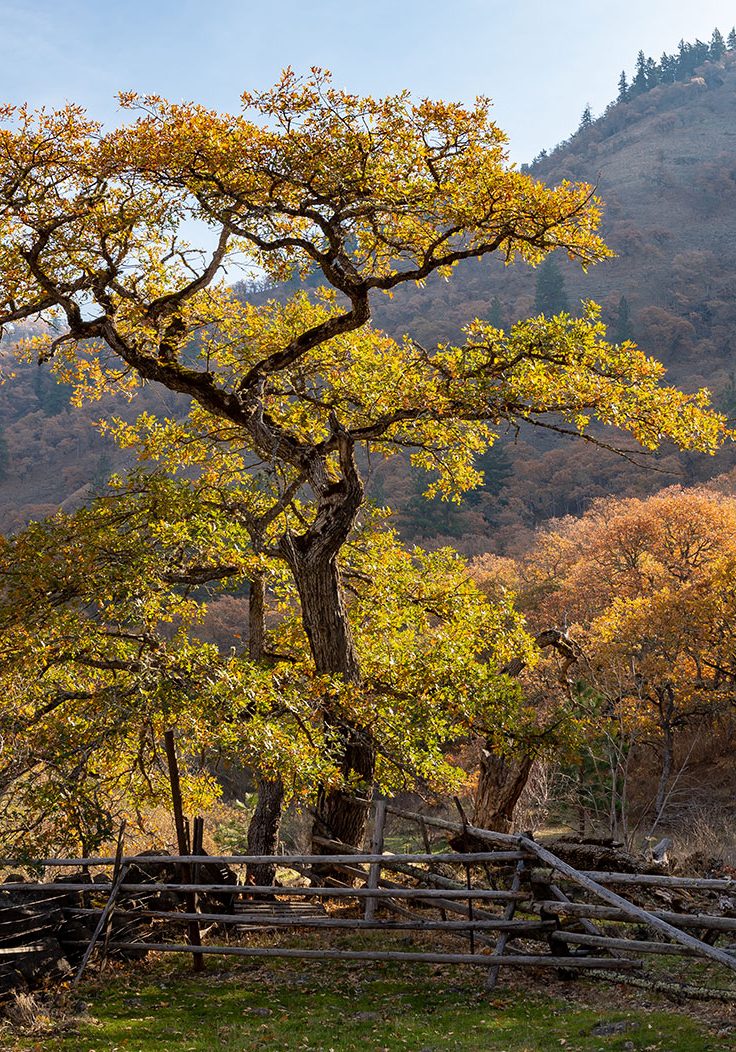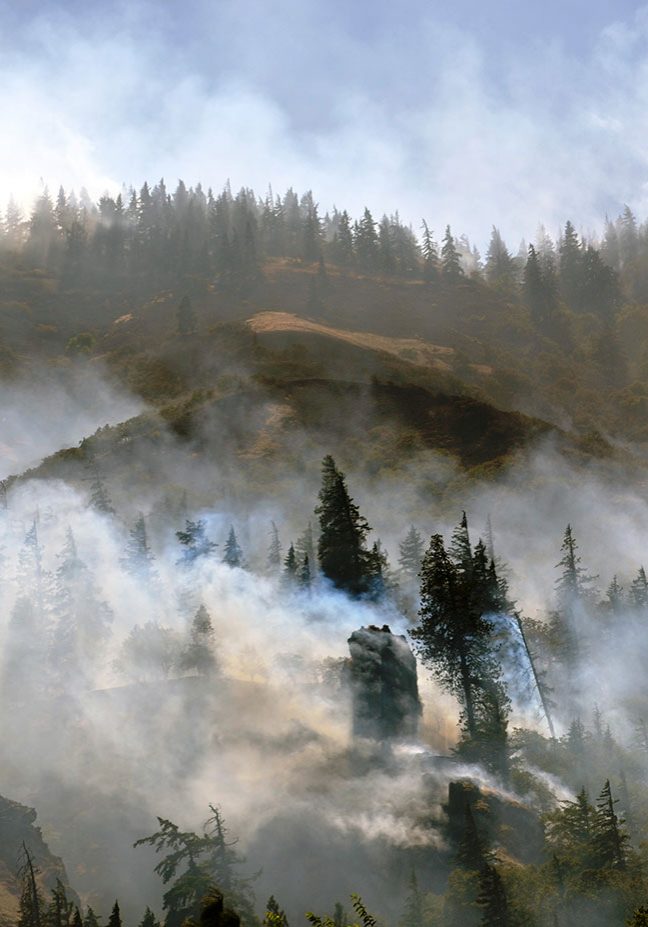Tools and Resources

Guidance on the Trees
Oregon white oak’s preference for a temperate climate generally keeps them west of the Cascade Mountains, but luckily for us, the maritime air flowing through the Columbia River Gorge coaxes them to the east side of the mountains! Since much of the research and management recommendations focus on populations in the West Cascades, we’ve developed management recommendations specific to enhancing and restoring these unique Oregon white oak habitats in the East Cascades where conditions are highly variable.

Guidance on Understory Plants
Here you can learn more about the oak understory and begin to make a plan for the understory plants in your restoration site. Oregon white oak woodlands are complex systems that support a diversity of plant, animal, and fungal species. Unique and beautiful wildflowers flourish in oak habitats alongside native shrubs and grasses that provide food and shelter for pollinators, wildlife, and people. Managing the oak understory can be a complicated process with multiple plant species, multiple users (people, wildlife, livestock), and multiple management options to consider.

Guidance on Fire
Fire is a hot topic these days! Oaks are uniquely adapted to fires, having evolved in the presence of fire for millions of years in the Pacific Northwest. The waxy leaves and thick bark of oak resist heat and protect sensitive buds. And when a tree does burn, it might sprout back from dormant buds!

Ecological Site Descriptions
Framework for classifying and describing rangeland and forestland.

Condition Assessment Tools
ECOP has developed an assessment tool to help you learn more about your site.

Monitoring Protocols
With the guidance of working groups, ECOP has developed multiple monitoring protocols. Includes: Disturbance monitoring protocol, Oak understory module, Fire monitoring module, Monitoring toolkits.

Resource Library
With over 150+ resources including featured guides from ECOP. Search, sort and browse this robust library!
